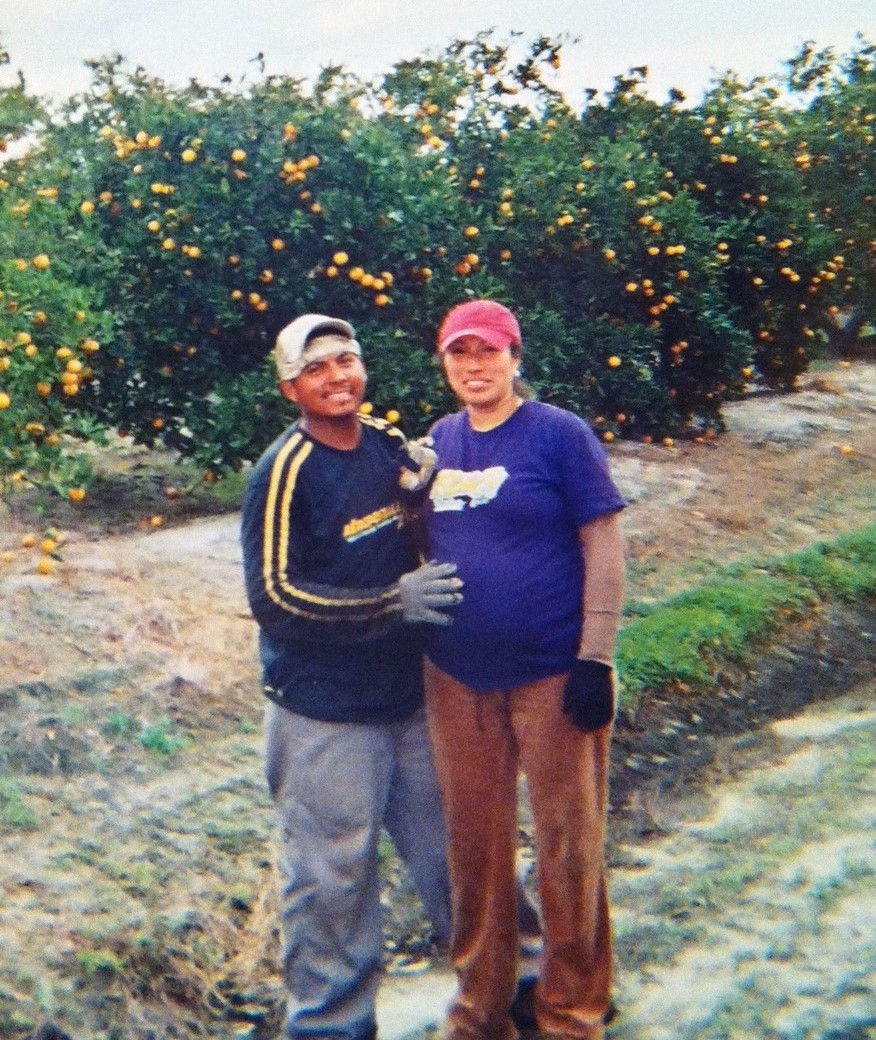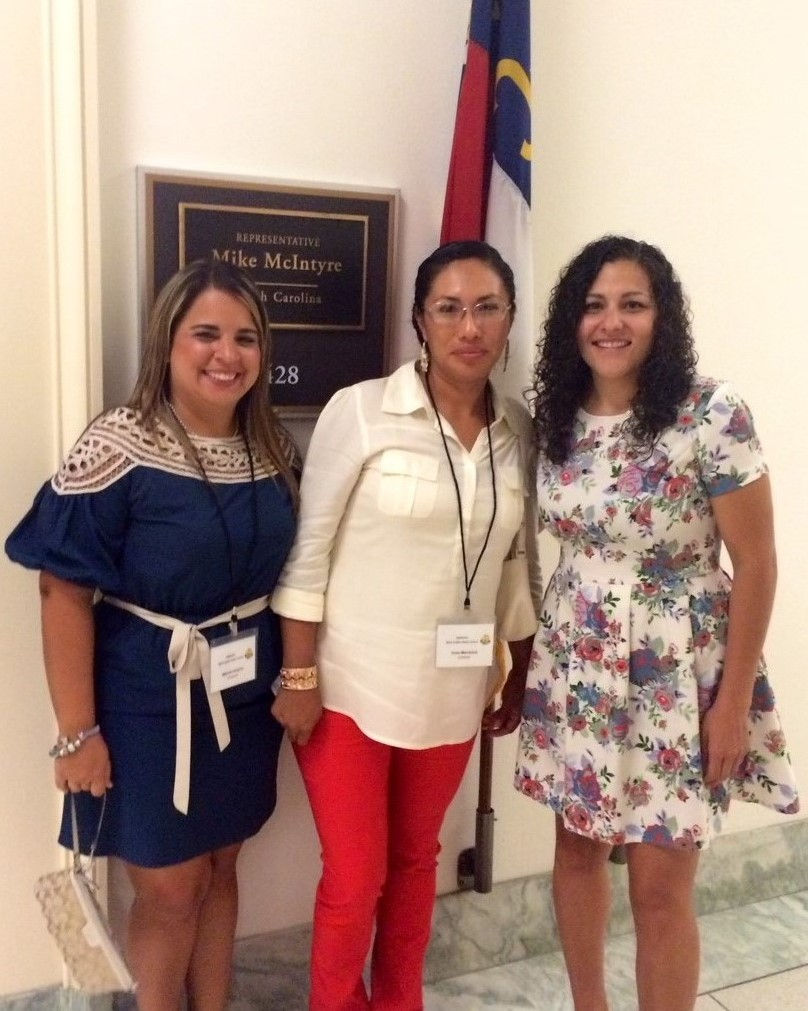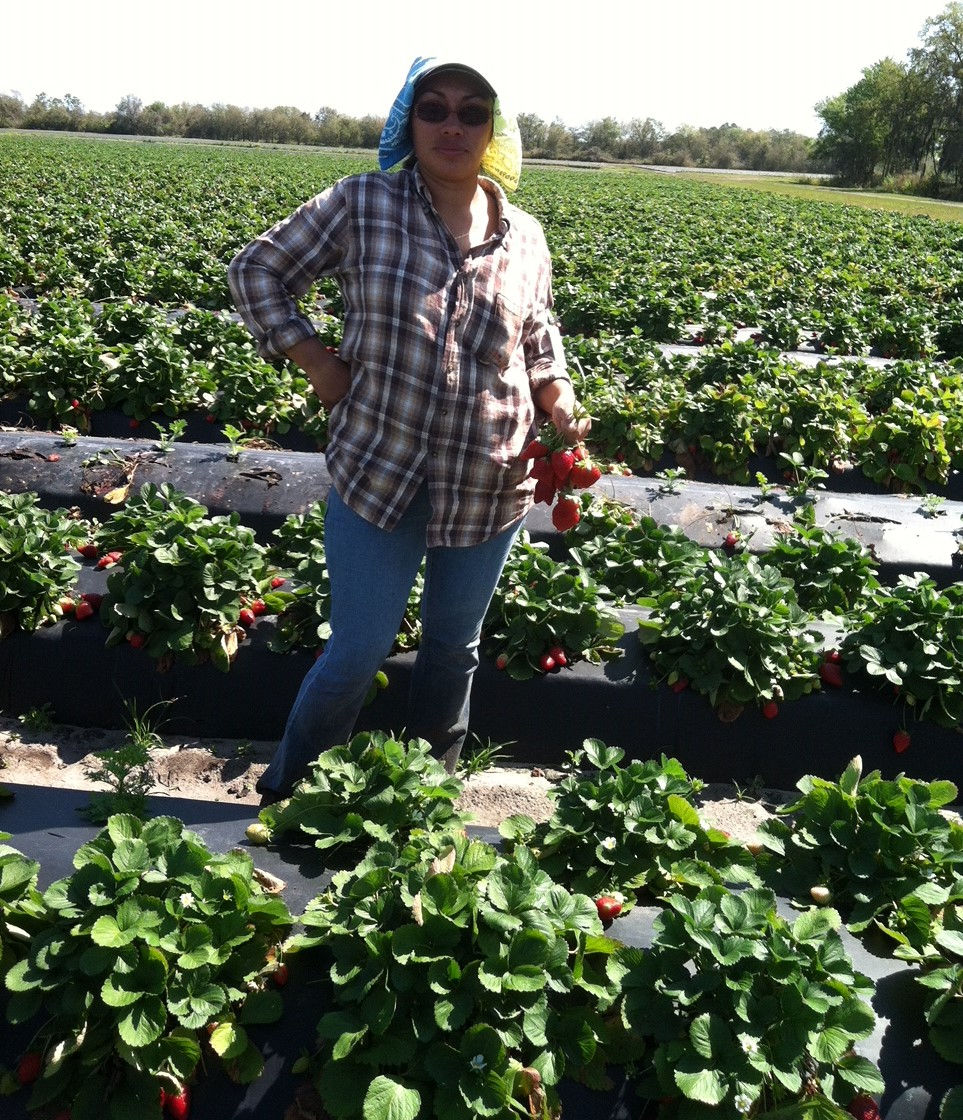Learning the Value of an Education
- lsaunders07
- Nov 3, 2021
- 4 min read

Irma and her husband are picking oranges in Wimauma, Florida. Picture was taken in 2011, while Irma is six months pregnant with her son Eduardo.
Farmworker, Irma Mendoza, is an important leader at East Coast Migrant Head Start Project. She serves as the President of our Policy Council and as a member of our Board of Directors. We recently had the opportunity to learn more about her journey to the United States, her experience as a farmworker, and her hopes for the future.

Celebrating Mexican culture during a Policy Council meeting.
Can you tell me about your background?
I was born in Atotonilco El Grande, Hidalgo, Mexico. At the age of 14, my parents urged me to start working, so I started cleaning condominiums. I knew I wouldn’t have a good future in Mexico. I also knew my parents weren’t supportive of me getting an education, which is why I was forced to drop out of high school. To seek a better future, my brother and I migrated to the United States in 2001. We arrived in Quincy, Florida. First, I started working with tomatoes, then picking oranges in Wimauma, Florida. I later found a strawberry farm that provided work all year round. The owner had approved for a Head Start center to be built for the children of farmworkers on the farm. However, you had to migrate in order to qualify for services. My brother was working up north and suggested I go to Leland, North Carolina to pick blueberries. For the first time, I migrated for work. Before leaving Florida, I inquired about other Head Start centers in North Carolina. The staff drew me a map to easily arrive at the ECMHSP Long Creek Center. My one-year-old daughter Maritza started attending the ECMHSP Long Creek Center that season. There was a lot of parent involvement at the center. Between March and December, we lived in North Carolina, while the rest of the months we worked in Florida. My husband and I made sure my children would be able to get Head Start services all year round.

Capitol Hill visits take place every year in June. Our farmworker families and ECMHSP staff meet with policymakers to advocate for our communities.
How did you become more involved at your center?
I believe it was in 2011. The current president at Long Creek was leaving and nominated me to take over. I held the position for three years. At first, I was very nervous talking in front of a big crowd. We had about 50 parents attending the monthly meetings. I encouraged parents to be involved in their children’s education.
What was the biggest difficulty that you had?
After the Long Creek Center was destroyed by a hurricane in 2018, many of our families had to start attending the ECMHSP Bladen Center. It was a very tough time because many homes were damaged, including mine. I was chosen to be the President of the Parent Committee in Bladen, but the 2019 season there was only six weeks long, whereas Long Creek was six months. It was difficult for me to adjust. There was very little time to plan ahead and make decisions regarding the budget set aside for our family activities.

Irma working at a strawberry farm in Florida.
What would you like to tell people to raise awareness about the life of a farmworker?
Since arriving in 2001, I’ve worked 17 years in the fields. Besides having economic challenges due to not knowing when there will be a good or bad harvest, we also work under different types of temperatures. Some days are cold and others we have to work in the rain. We are also exposed to different chemicals and animals in the plantations. Currently, we also have to face the challenge that more H-2A workers are being hired, so it’s more difficult for us to find work.

Celebrating Father’s day at the ECMHSP Long Creek Center.
What difference did you see between your kids that attended Head Start?
My oldest son only attended one season and struggled during the first couple of years in elementary school. The transition between Head Start and public school was smoother for my other kids that attended four to five seasons. I noticed a big difference in their growth. We know it’s very important to go to school from a young age, which is also why we migrated for them to continue getting high-quality early childhood education services. In 2016, I decided to go back to school to set a good example for my children. For nine months, I attended class every Saturday from 9 to 4 p.m. to obtain my GED. This was a big sacrifice for me. Now that I have my GED, I look forward to getting my CDA credential in the near future. My oldest son is a junior in high school, and had to work extra hard to do well in school. I always talk to him about his goals. He has big dreams of going to medical school. I tell him he can achieve anything he wants to.
_transparent%201.png)



Comments